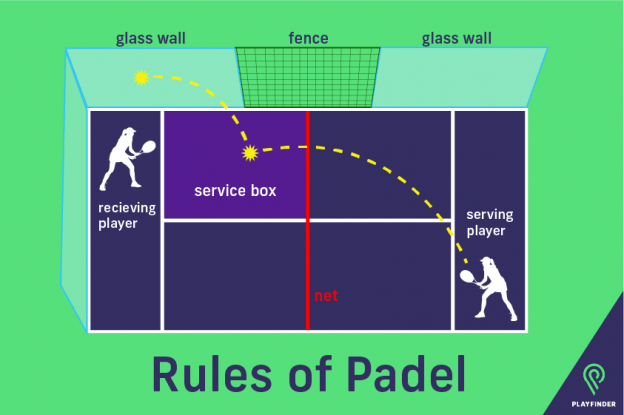Cricket Guide | What is a Super-Over?
17 July 2019 • By - Harry Thompson
Sunday produced as dramatic a World Cup final as we’re ever likely to see when England and New Zealand went toe-to-toe for cricket’s most prestigious prize. Following each sides 50 overs, there was nothing to separate the pair as they incredibly both mustered 241 runs, the only tied World Cup final in its 44-year history. There was confusion amongst some around Lord’s – the home of cricket – as to what happens following a tied game. In years gone by, the side losing fewer wickets in their innings would be declared the winner. If that were still the case, New Zealand (8 wickets lost) would have taken the trophy home. England lost their 10th wicket on the final ball of the game. However, under new regulations, a ‘super-over’ is used to decide the winner in the unlikely event of a draw.
But what exactly is a super-over? Playfinder will explain everything you need to know about the thrilling and encapsulating game decider.
🏏 Ben Stokes
🏏 Jos ButtlerHere we go, it’s a Super Over at Lord’s…
Follow over-by-over commentary from Lord’s as #WeAreEngland and #BackTheBlackCaps aim to win the #CWC19 for the first time live on Sky Sports Cricket here 👇 #Believe
— Sky Sports Cricket (@SkyCricket) July 14, 2019
Rules of the Super-Over
- Each team will have 6 deliveries to score as many runs as possible, with the team scoring most runs being declared the victors.
- Each side nominates 3 batsmen and 1 bowler to partake in the super over – selected batsmen are likely to be the big hitters who are capable of clearing the ropes and scoring six runs (England choosing Jos Buttler and Ben Stokes during Sunday’s final). The bowler is likely to be a highly skilful operator who can restrict the opposing team to as few runs as possible (England choosing premier ‘death bowler’ Jofra Archer).
- The side batting second during the ‘regular’ game, will bat first during the super over. (England batted second during the 50-over final, hence batted first in the super over.)
- The bowling side can choose which end of the wicket they would like to bowl from. This decision will be based tactically on a number of things. I.e which batsmen they are bowling at (are they left or right handed), boundary dimensions etc.
- If a side loses 2 wickets in the over, their innings will be ended. Neither side during Sunday’s final lost 2 wickets, but if they had, the over would be stopped and however many runs they had scored prior to the loss of their second wicket would be their final total.
- In the result of a tied super-over, the side hitting more boundaries (fours and sixes) during their 50-overs + super-over will be declared the winner.
3️⃣6️⃣2️⃣2️⃣1️⃣1️⃣
ENGLAND HAVE WON THE CRICKET WORLD CUP! 🏴
New Zealand can only score 15 runs in the Super Over as Guptill is run out going for the second by Buttler! #Believe
— Sky Sports Cricket (@SkyCricket) July 14, 2019
The final rule on the list, unbelievably, was required to separate England and New Zealand during the World Cup Final. Ben Stokes and Jos Buttler helped the hosts to 15 runs off their over bowled by Trent Boult. Jimmy Neesham and Martin Guptill ensured the Black Caps also scored 15 off Jofra Archer’s six deliveries. Another tied ‘game’. More sporting theatre.
The game was eventually decided via a boundary count-back, with England scoring 24 in their innings’. New Zealand, having only scored 17, were denied the title of World Cup champions by the smallest of margins. The match was on a knife-edge throughout, which was sure to leave either eventual loser feeling cruelly treated. There will never be a more dramatic final, but fortunately for England fans, luck was with us. A maiden World Cup victory, which is sure to inspire a generation of new cricketers.
Did Sunday’s final inspire you to dust off your cricket kit and get playing once more? Check out the local nets in your area at Playfinder.




